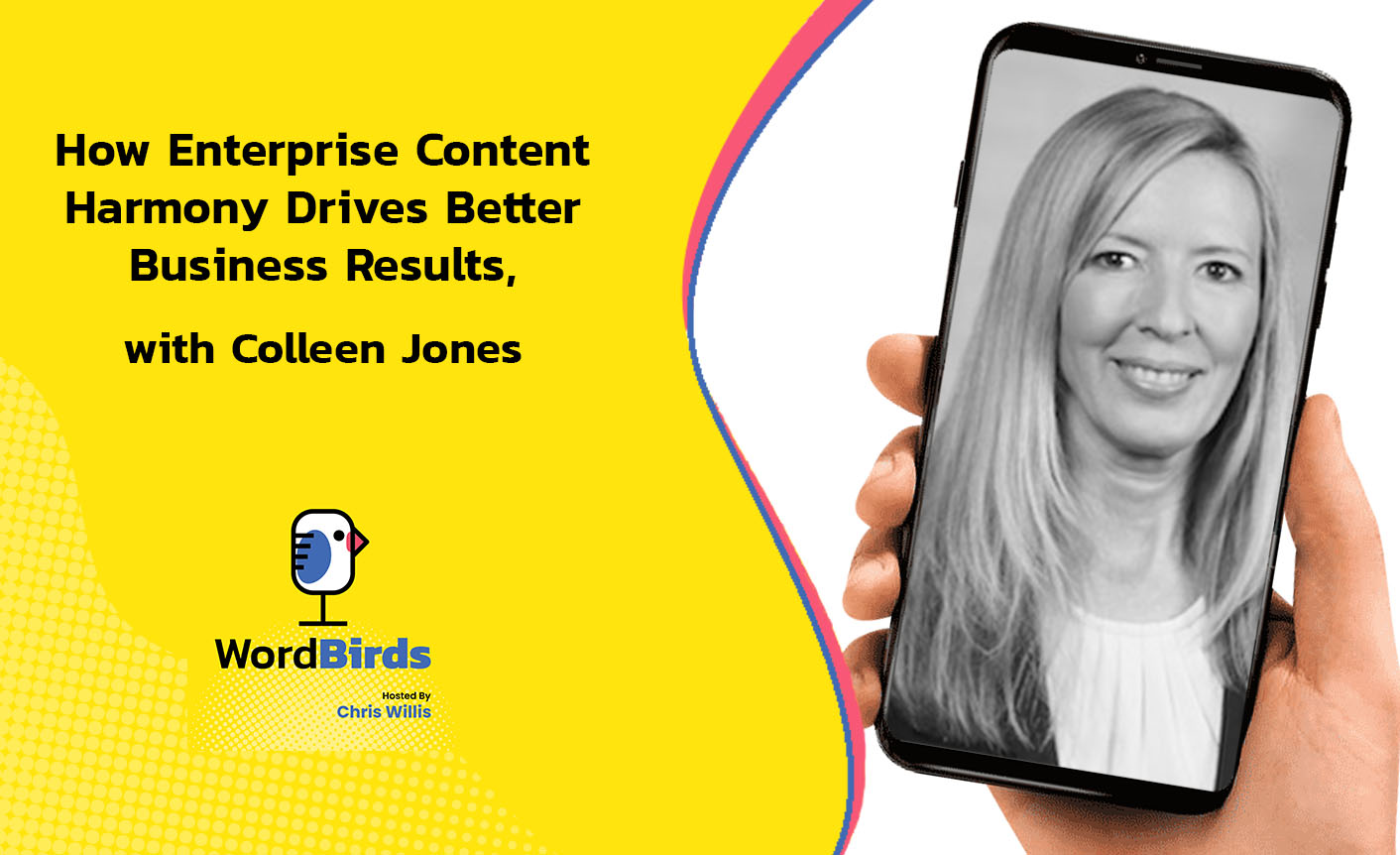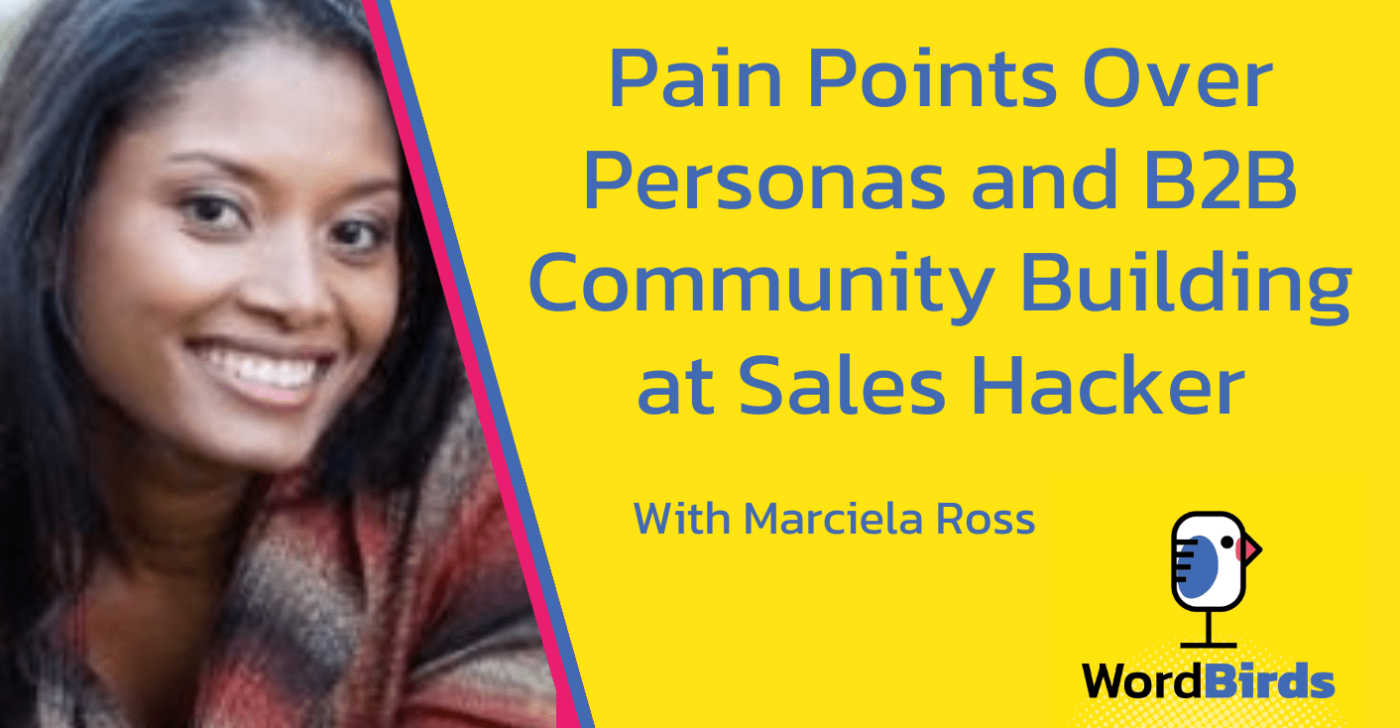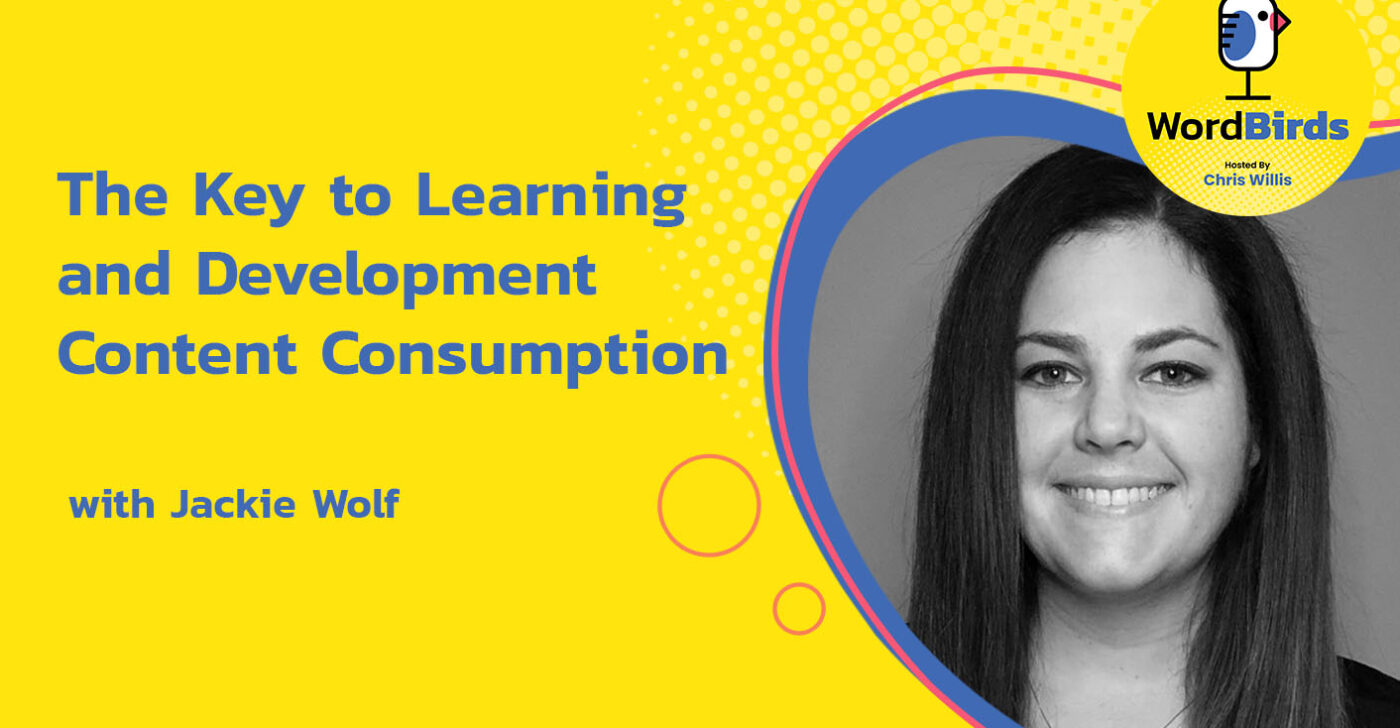Your content is tied to your brand, so that makes content harmony extremely important. One misspelling, offensive remark, or sarcastic comment can hurt your brand. That’s why it’s important your content is checked and evaluated so your business revenue grows.
Join Chris Willis as he talks to the founder of Content Science, Colleen Jones about the importance of content harmony across your brand. Discover what Content Science does and how they optimize other people’s content for the better. Understand what values play a part in finding out whether your content is good or not good enough. Start optimizing your content today!
Watch the episode here
Listen to the podcast here
Read full episode transcript
In this episode, we have Colleen Jones from Atlanta-based Content Science. Colleen and I are going to talk about the challenges facing her customers in the enterprise as it applies to the creation of content. We’re going to talk about the importance of impact and where we’re seeing the impact with content. She’s going to give some examples of how companies are experiencing huge growth as a result of optimizing their content. Let’s sit back and get some insight from the flock.
Colleen, welcome to the show. I’m excited that you’re here.
Thanks so much, Chris. I’m excited to be here and chat about content.
You have incredible vision out into the market, a wide range of customers and prospects, and folks you talk to from a content standpoint. It would be great to kick this off with this. What are the biggest challenges you see for folks in the content space nowadays?
I’m seeing a number of different challenges that all stem from increased demand and pressure on content to perform for a business or an organization. Here are a couple of examples. I’m seeing companies offering their products or services in a different way, such as moving from an eCcommerce model to more of a SaaS model.
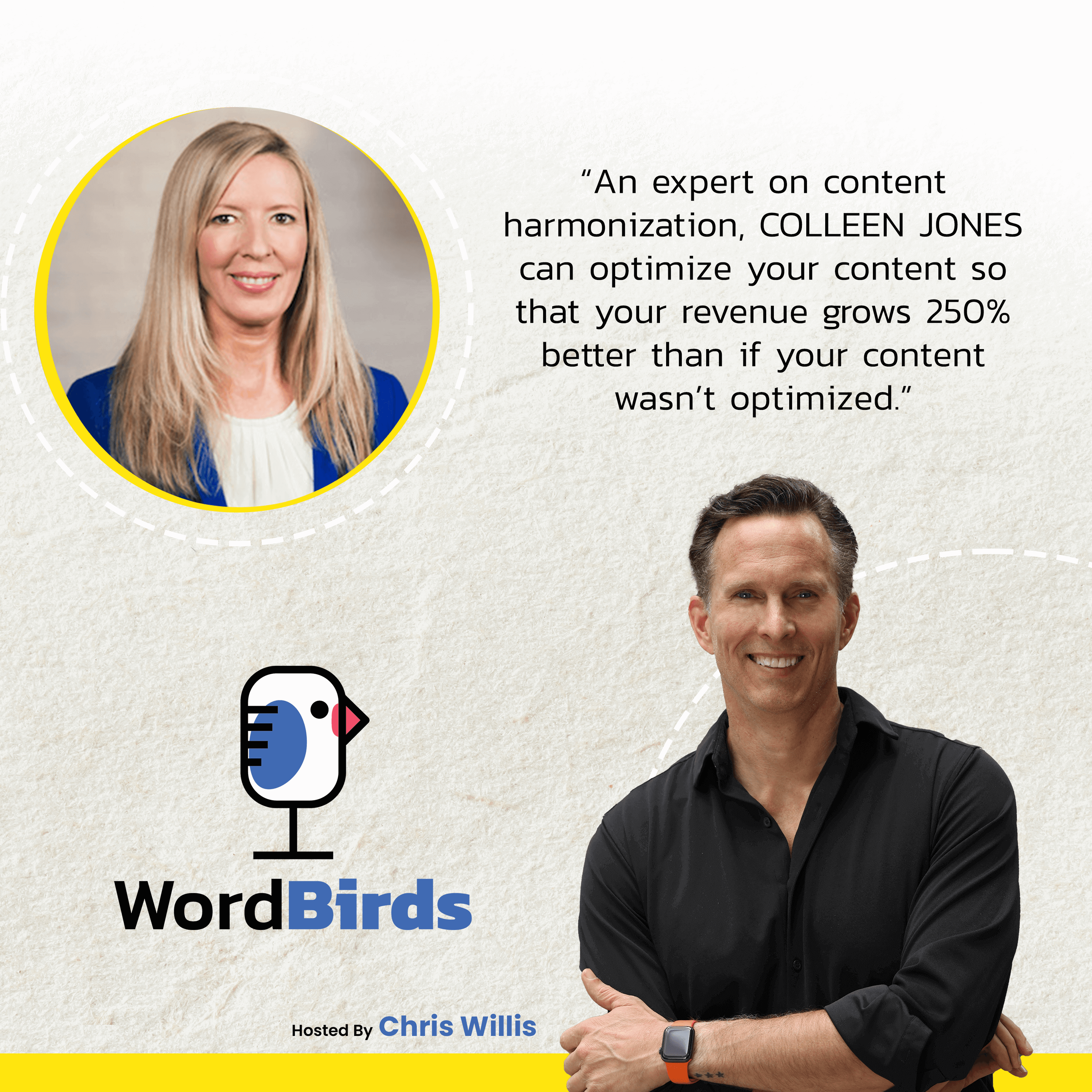
There are a lot of implications for content when you do that and learn how to become more like a SaaS from a content perspective. A successful SaaS has a lot of I’s dotted and T’s crossed when it comes to content. That’s one interesting trend. Another trend I’m seeing is a focus on customer experience. There’s a large retailer and eCommerce company that we’ve worked quite a bit with over the years.
There’s a renewed interest and executive-level focus on customer experience, like a new customer experience officer, a new focus on integrating and closing gaps in the customer experience pods by silos, and so on. That has a lot of implications for content and much more. What we’re seeing is a renewed interest in getting the technologies related to the content and playing better with other technologies that the business has.
In the past, that might be something we pointed out and raised a flag about, whereas now it’s something that has executive attention. It’s a priority. It’s something that they’re actively working on. Those are a couple of interesting examples of some trends I’m seeing that stem from the intensifying demand and expectations around content nowadays.
When you’re dealing with companies trying to reinvent or invigorate their customer experience, especially companies that have put people in charge of that process, is there an understanding that customer experience for most companies is their content? In past years when you think about customer experience, it’s the pathway through the website and less the way that the website is written, tone, words used, terminology, and clarity. It’s just, “Can you click here and get to the next thing?” Are people starting to understand that the way that you say things matters in the customer experience?
There is an increase in demand and pressure on content to perform for a business or an organization today. Click To TweetYes, definitely. It’s the way that you say things, whether you say things or say things at the right time. There’s more awareness and interest in that than I’ve seen in the past. For example, with the eCommerce and retailer situation that I mentioned, there is a lot of awareness where we need to not only get product content right, but we also need to get notifications, emails, follow up to, orders, and everything in terms of messages and anything involving words that need to be right for the customer. We can’t make it right until we have a more integrated approach.
When we look at our customer base, it starts all the way back in the UI strings within the product and into the technical documentation, the consistency that needs to carry through to educational materials, marketing materials, sales enablement, and then into service, support, and the way that we communicate post-sale. All of that needs to tie together. In most businesses, there isn’t that interface that manages the integration between all those points, so you end up with this disjointed experience because a lot of folks have in the past thought of the experience for customers as the purchasing experience or the use of the product experience, but not both and not at the same time.
This integration now that’s happening, boiling up to somebody that’s responsible for the way a company communicates, is critical to business success as we go forward. If something’s in the product that is represented differently in educational material, and we’re marketing something worded completely differently, and then somebody has a problem with the product and asks a question and support answers it with completely different words, at best, we’ve lost a customer. They’re probably going to leave. If it works, it starts to impact the brand.
It does a tremendous impact on the brand. There’s more awareness on the brand side and the UX side, which tends to care about usability but also recognizes what can happen if you have disconnects, inconsistencies, and terminology happening throughout the customer experience. Certainly, customer experience is key to having great customer relationships and a thriving business.
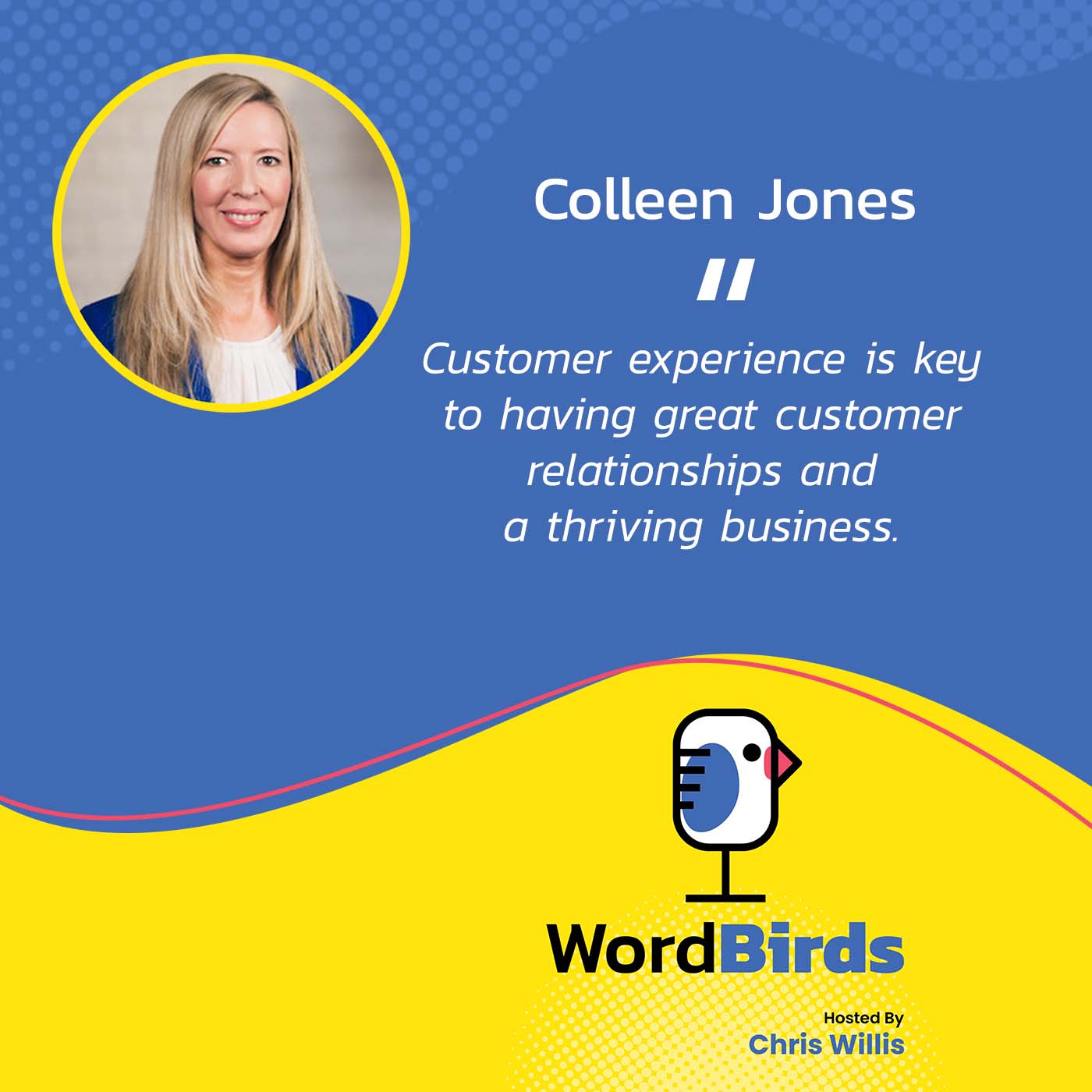
Another example where we’ve seen a tremendous awareness and executive priority on getting the words right is for a slightly different purpose, which is to better communicate to partners, investors, and other parts of a business ecosystem, especially when you’re talking about enterprises. Customer is always first, but these other audiences are also key to business nowadays. If the story isn’t clear and the terminology is inconsistent, there’s an impact on the brand and the risk of poor communication. I’ve seen a big priority on getting the words right for the customer experience and other stakeholders.
I’ve been talking about the hierarchical model of governance in business. At the top level, somebody needs to explain to everybody in a company that we spell the name of the company this way. From there, if we understand that as a guideline for creation, what other guidelines do you have, and where do they live? How do you let that cascade down across an organization? Some things matter in the way that we create technical documentation, investor documentation, marketing materials, and so on. We’re inheriting the spell the name of the company and probably a bunch of other guidelines.
The way that I communicate with my investors, the clarity level, the terminology I use, and the legal language I have to inherit into this piece of content matter. Maybe they don’t for marketing. They probably don’t for technical documentation, but that connection is what makes all of this work best because I’m communicating to the investors in a language that is consistent with the rest of the business, but I’m doing it in a way that is very specific to the way that I communicate with that particular audience. All of this comes back to aligning your voice with your audience in the way they want and need to hear your content.
There are some core elements that can be cohesive for those different audiences and elements that need to be distinct. Doing that at the pace that organizations are having to provide content to each of these different audiences and all these different touch points is intense.
Anything that involves words needs to be right and correct for the customer. Click To TweetI fall back on the year that I got here. If the audience has already read this story, I’m dropping the fourth wall for a second. I apologize to them. When I got here, the first thing I did as a new CMO in a business was to say, “Let’s sit down and create the voice that we’re going to go forward with.” I worked with our founder and put that together. You can imagine that you know both players. We created something that sounded like a combination of the two of us. We said witty but not sarcastic and smart, but not pompous, not super businessy, whatever. We used our product to put all of that into practice. It resonated from a marketing standpoint, which is what I run.
Because I’m a megalomaniac, who else writes content here? What do we got? We pointed it towards support. I said, “You guys are going to use our guidelines. Let’s do this.” Who doesn’t think that I’m cute and funny at all is support customers. The tone of voice we created to go to market is not the way that we can communicate when we’re speaking in support and providing answers.
There are rules that carry into both, like the way we spell the name of the company, some of the terminology, the way that we refer to the product, and witty but not sarcastic. It does not need to play in support at all. It’s not relevant to them. I learned very quickly in a new business that it’s not one thing. It’s more than one thing.
We need voices for our audiences, plural, not one. When you look at some of the products in the market now that help with guidance and governance, they separate based on ones that handle a generic voice like, “I’m going to fix your grammar,” and grammar is a thing in the world. It’s one thing versus products that help create a bespoke voice for the enterprise or more than one voice. For our customers and the companies that you and I work with, one isn’t enough. It can’t be one thing. It’s got to be across the board for that experience to work.
What we’re trying to do now is drive real impact with content. It’s not just putting it out there. It’s seeing business improve as a result of the things that we write and the way that we write them. One of the things you talked about in your pre-interview was a customer you’d worked with that saw a dramatic improvement in revenue as a result of content optimization. Can you talk a little bit about that?
Related to a trend that I’m seeing and an increased concern about the impact content can have executive level attention on it. We had the opportunity to work with an organization of a large eCommerce and retailer company on content that they already had. They’d spent a couple of years developing content that supports what, in marketing circles, you might call the upper part of the funnel, the early stage of the journey, or the life cycle. Those are content like guides, inspirational lookbooks, buying guides, private guides, and so on. There’s a lot of interesting content they’re curious about like, “Could we get more out of this content?”
They had a sense that it was helpful in attracting and engaging customers on an ongoing basis and connected somehow to revenue as well, but they didn’t have a lot of bandwidth to that point to connect the dots between what data they had available, what was going on with their content and understand the story of what was happening as well as see the potential and take action on that potential. We worked with them over the course of a little over a year.
We did some initial analysis to understand the current state of what content was already performing well, what were the characteristics of it, and what seemed to correlate with success. We were looking in their case that visibility in search as well as attribution to revenue. There’s a lot of manual stuff we had to do to get the data together in the right way and be able to do this analysis.
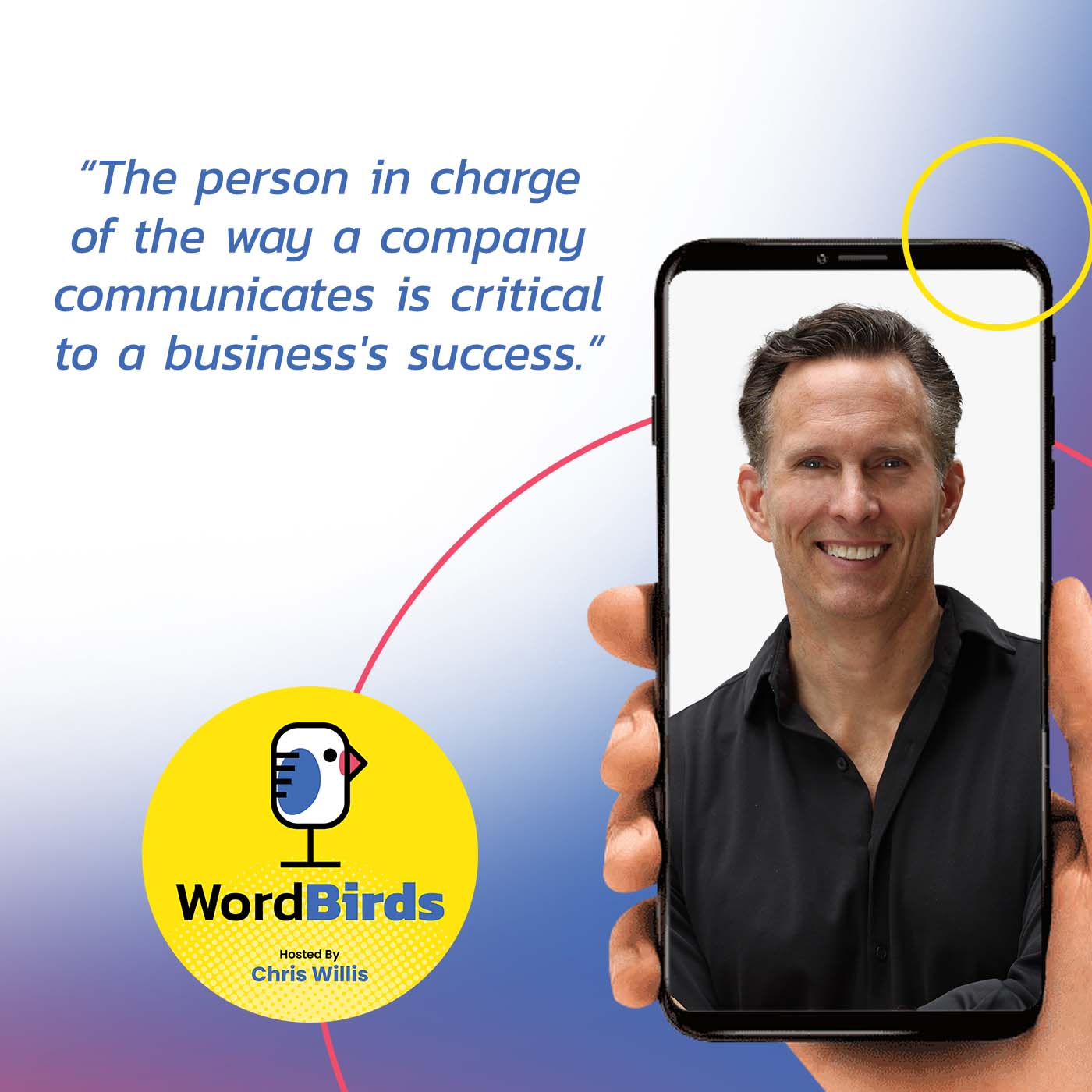
We are able to do it efficiently because we do that thing all the time. We’re a good partner in that way. We found more characteristics related to structure and terminology news from a search engine visibility standpoint. We helped the retailer codify those things, create a playbook, and implement that playbook. Their internal teams did a lot to implement that as well. Because there was a lot of content, they implemented prioritizing content that showed promise to perform even better. They also prioritized content that was already performing well and got to more content as they could.
They’re able to follow the playbook and optimize a fair amount of content, but there was still some content they did not get to optimize. We were able to compare and get some sense of following the playbook, doing these optimizations, and what kind of impact that was having. We did a check after about three months and saw promising improvement. At that point, the impact on revenue was about 250% better than the content that wasn’t optimized. After a year, we looked again. That’s where we saw a compounding interest effect. The benefits of optimizing continued to grow. That’s where we hit the super crazy amazing number of a 753% increase in revenue. Certainly, the organization was the happiest about that.
The effort also won some awards, like the best use of data and insight from The International Content Marketing Awards. It’s an approach that I’m proud of because it’s smart and repeatable. The methodology we figured out and worked out can be continued over time. It reflects a desire to treat content like the business asset it is. It deserves to be assessed, tracked and managed like that as opposed to looking at the data and the impact of something we’ll do if we have time. That’s a quick rundown of how we were able to help with reaching that 753% number and also help set an approach to keep tracking and understanding the impact of content on revenue on an ongoing basis.
If somebody’s reading this from a company that wants to increase their revenue by even 100%, but 753% would be okay too, how would they engage Content Science to help them with that?
I joke that we’re the McKinsey of content. We’re a little more like a management consulting firm than a traditional marketing agency or content creation firm. We have a lot of thought leadership out there. We have an online magazine called Content Science Review. Check that out to get a sense of some of the research we do and some of the ways we think. It’s a great way to get to know us. The ability to contact us and set up a quick conversation is available at Content-Science.com. That’s a great way to start engaging with us.
I can’t think of anybody out there doing this who doesn’t want to see those results. Readers, dial them. This is real and available to you.
It’s real. That’s a great point.
What people need to understand is that Colleen’s not selling software here. This is a process that aids in your ability to be impactful with the content you’ve created or are creating. This isn’t a gimmick. It’s science. It’s in the name, ladies and gentlemen. Colleen, thanks very much for being on the show. If people want to get in touch with you, as you said, the best way is through your website at Content-Science.com. Thanks very much for being with us. I look forward to having you back again. You are the first person to come back from season one. We’ll get you back here for season 2 or 3, too as well.
I love it. Thank you so much for having enjoyed the conversation. I look forward to reading all of the episodes.
Thanks very much.
Important Links
- Content Science
- Content Science Review
- WordBirds – LinkedIn
- WordBirds – Home page
About Colleen Jones
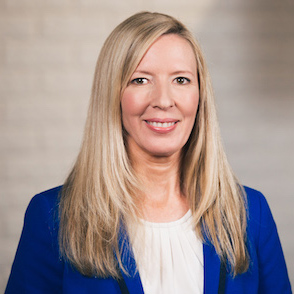
A content expert and Star Wars fan, Colleen Jones is the founder of Content Science, an award-winning end-to-end content firm where she has advised or trained hundreds of the world’s leading corporate, nonprofit, and government organizations to become content Jedis. She also served as the head of content at Mailchimp, the bootstrapped marketing platform recognized by Inc. as Company of the Year and acquired by Intuit for $12 billion. Her highly rated books such as The Content Advantage share lessons learned based on her experience and Content Science’s independent research.
A passionate entrepreneur, Colleen has led Content Science to develop the innovative content intelligence software ContentWRX, publish the niche online magazine Content Science Review, and offer online certifications through Content Science Academy. These products are still empowering brands ranging from The Home Depot to Georgia Technology Authority to Dell to make content an influential force in accomplishing their goals.
